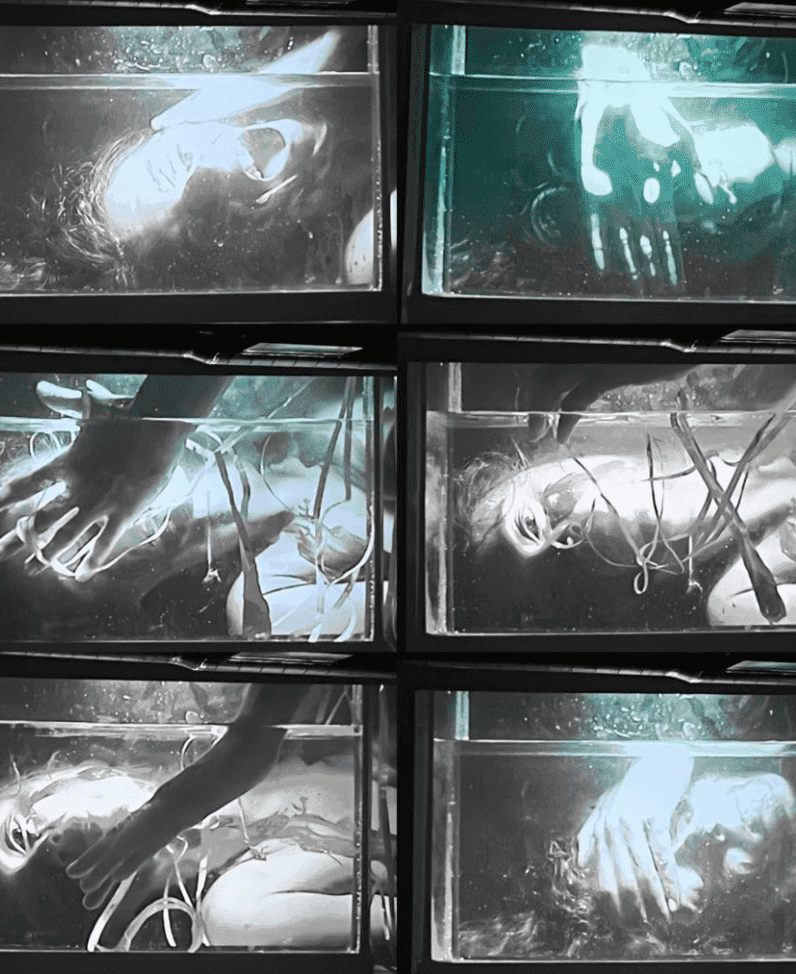Call Me Three Times is a piece that explores eroticism as an ambiguous territory through the construction of dream-states, fantasy, and illusion. These elements are touched on with the fictional life of Clarissa Genosis, a contemporary dancer turned cabaret performer whose story serves as a baseline structure for the piece. The piece is an accumulation of images, fantasies, and fragmented stories which push the audience to confront their own mechanisms of desire and disgust in relationship to Clarissa’s social portrait.
This piece as it is came to its form in the context of the Programa Avançado de Criação em Artes Performativas 5 (PACAP). It is an exploration of self-produced image, erotic dance, and the auto-fabrication of desire through the lens of music-videos, pop stars, and video work. The process was about localizing, formulating, and searching for fantasies, their limits, and their consequences. The author is both the star of the show, the technical team, the director, and the back-up dancer all-in-one. Through segments articulated with live-video projection, pre-recorded video, and live-action, I invite the audience to explore the multiple facets of my individual questions, vulnerabilities, and their falsification.
Throughout the process, I have been engaged in studying the artificial construction of beauty with the use of video material, stage tools, and dance technique. How is femininity fabricated and how do mechanisms of desire latch on to these fabrications? I'm interested in the motivations to be on stage, the desire and lust associated with the performing body in pop culture and experimental contexts as well. I am interested in the stories we tell ourselves to keep going towards an artistic goal despite the ever-accumulating rational list of why not to. Lights, Camera, Action! And Then What? Go home girl! the camera stopped working.
This piece attempts to bring you along for the ride into dreams and fantasy, only to pull you back out when the lights come back on, or the actress removes her mask. With the use of poetics, joy, and humor _Call Me Three Times _ultimately aims to be an encounter between a person and a camera. Between the different facets of the dancing body. Between a film and a stage, a dancer and her client. Within the context of contemporary dance, this work introduces cinematographic elements such as simple dialogue, action, and décor to set a series of scenes which paint social realities as well as impossible fantasies.
